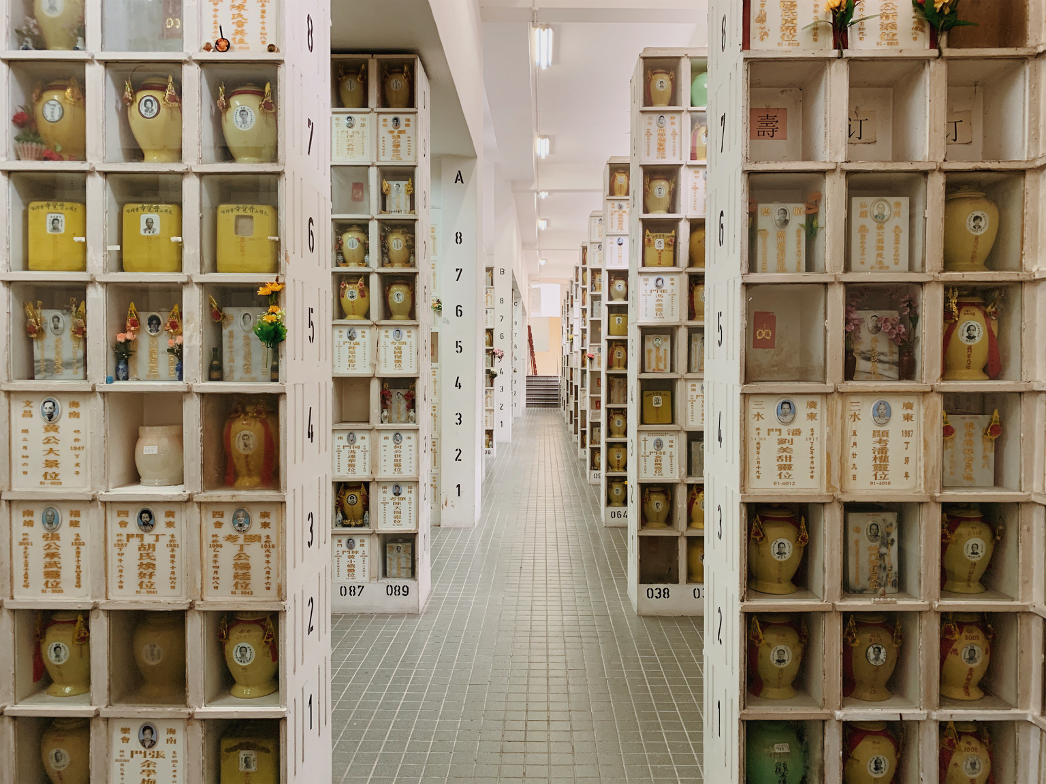About
The modern Peck San Theng (known in Mandarin as Bishan Ting, or "Pavilions on the Jade Hill") was constructed in the 1980s. It was built on the former grounds of a Chinese cemetery of the same name, which was established around 1870 and existed until 1979. The original Peck San Theng was one of the largest cemeteries in Singapore, covering 324 acres of land with an attached village, Kampong San Theng, home to some 2,000 residents.
Life at the cemetery was colorful, dense with the pageantry of Cantonese death rituals. The pavilions alluded to in its name refer to the 12 pavilions erected to provide shelter for visitors. However, Peck San Theng also gained a reputation for lawlessness and gang activities. During the Japanese Occupation, the village functioned as a state within a state, largely left alone by the Japanese soldiers who were reportedly wary of the cemetery's ghostly occurrences.
The cemetery could not, however, escape the inevitability of Singapore's urban redevelopment schemes. Land-scarce Singapore needed the sprawling acreage of Peck San Theng, and in 1978 the Housing Development Board reclaimed the land, exhuming 100,000 graves in four years to construct the modern estate of Bishan.
The Cantonese and Hakka clan associations retained just eight of its original 324 hectares on which they rebuilt two temples and a community hall, essential components of life in Kampong San Theng. A museum was opened on the grounds in 2016 to tell the story of Peck San Theng.
The most significant building in the modern Peck San Theng has to be the columbarium. It was designed by the renowned architect Tay Kheng Soon, who had recently designed the iconic modernist living space the Golden Mile Complex. Just as the living were rehoused from villages to high-rise public housing, the dead were exhumed, cremated, and interred in columbariums. Peck San Theng was one of the first.
A starkly modernist columbarium was envisioned to reflect the novelty of this cremation to Chinese death rituals. Tay conceived of the columbarium as a hemi-hexagonal structure that resembled a traditional Chinese tomb. A series of cascading levels evoked the hills that gave the place its name.
The Peck San Theng columbarium not only reflects the Chinese folk belief in continuity between one’s life and afterlife, but also codes in its design the cultural shifts in living practices that an entire population, including the dead, had undergone.
Related Tags
Know Before You Go
The columbarium is open from 8 a.m. to 5 p.m. on weekdays and until 4 p.m. on weekends and public holidays. The heritage gallery is open from 9:30 a.m. to 4 p.m, daily, and until 1 p.m. on public holidays.
Community Contributors
Added By
Published
April 29, 2020




























